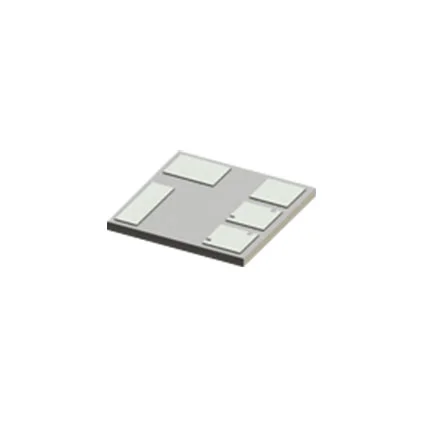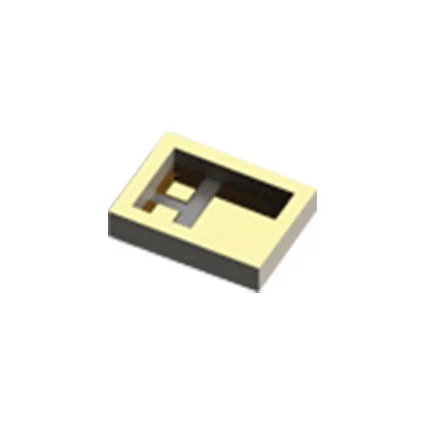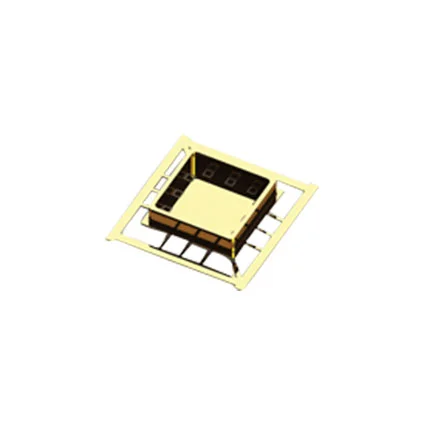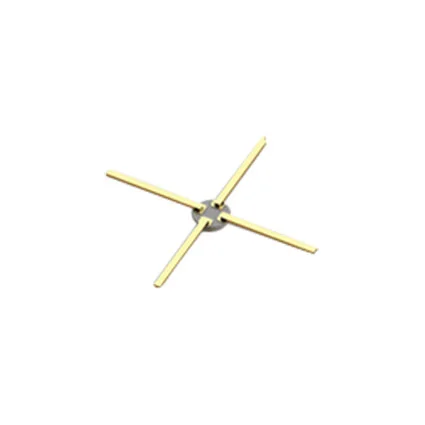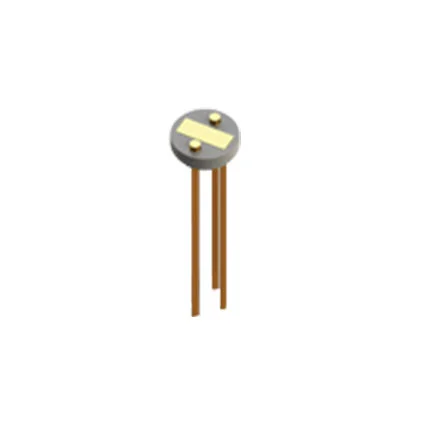
Satellite
Critical manufacturer of high-performance packages and seals
Applications
-
Thermal Imaging
-
Industrial & Energy
-
Medical
-
Military and Aerospace
-
Satellite
-
Sensors & Instrumentation
With increases in demand for medium Earth orbit and low Earth orbit satellites, EPI has grown as a critical supplier of microelectronic packages in the satellite industry. Utilizing various technologies and materials, EPI specializes in high-quality hermetic packages transmitting power and signal for various components, sensors, and instruments in satellite environments.
EPI designs packages that can handle the environment of space such, as extreme temperatures, vacuum conditions and radiation. Our state of the art sealing methods guarantee the safety and dependability of satellite parts. With our technology and deep expertise, in the field EPI provides solutions that improve the efficiency and durability of satellite systems catering to the requirements of commercial and military uses.
Our team collaborates with clients to design and customize packages, ensuring optimal performance and reliability from material selection to final manufacturing.




Popular Materials in Microelectronic Packages for Satellites
- High-Temperature cofired ceramic (or HTCC) multilayer AlN circuits are commonly specified in satellite applications. AlN circuits are designed to provide a low coefficient of thermal expansion (CTE) and excellent thermal conductivity, critical to electronics operating in commercial and military satellite systems.
- Our teams feature design expertise to create packages capable of outperforming in power transmission applications with extreme dissipation of heat.
- Customization is available through various material types including: Zirconia Toughened Alumina (ZTA), and Alumina Nitride (AlN). EPI also manufactures from powder to package with full quality control from the base raw materials through manufacturing and plating.
- Our multilayer packages are designed to match the requirements of space saving common to satellite requirements.
- Standard and custom hermetic packages are available for microwave and RF applications requiring hermetic seals. These packages are used in vacuum and radiation exposure environments and are chosen to protect critical components.
By choosing EPI for your satellite microelectronic packaging needs, you benefit from our 60+ years of experience, cutting-edge technology, and commitment to quality. Our packages are designed to protect and enhance the performance of critical satellite components, contributing to the success of your space missions.
Image Library

Custom Ceramic Substrate

Hermetic seal for surface mount emitter detector

SMD.5 hermetic diode package using HTCC ceramic technology

Ceramic TO header hermetic substrate

HTCC Ceramic package
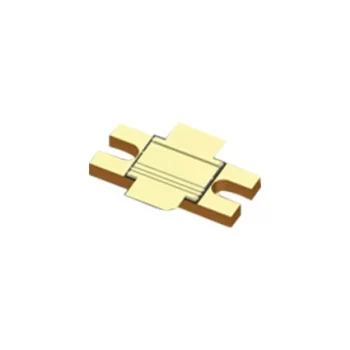
RF hermetic package - AIN ceramic bipolar design
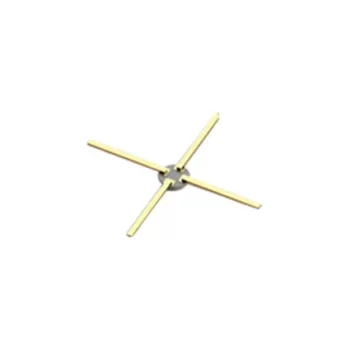
GaAs 53 round microwave beam lead
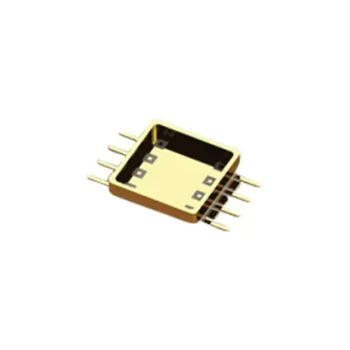
Ceramic SMT hermetic package
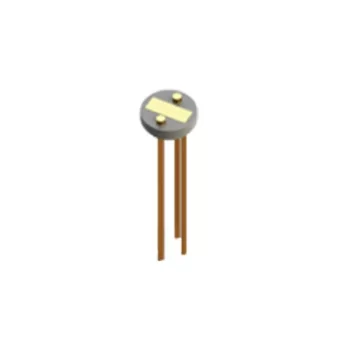
TO-46 ceramic detector package
FAQs
What are the advantages of using AlN circuits in satellite applications?
AlN circuits offer a low coefficient of thermal expansion and excellent thermal conductivity, which are crucial for the reliable operation of electronics in satellite environments. These properties help in efficiently managing the heat dissipation and maintaining the integrity of electronic components.
What types of satellite components can benefit from EPI’s hermetic packages?
EPI’s hermetic packages are suitable for a wide range of satellite components, including power and signal transmission components, sensors, and instruments. These packages provide critical protection against vacuum and radiation exposure in space.
What applications are EPI’s hermetic packages used for in satellites?
EPI’s hermetic packages are used in microwave and RF applications requiring hermetic seals. These packages protect critical components in environments with vacuum and radiation exposure, ensuring their reliable operation in space.
What is the importance of thermal management in satellite microelectronic packages?
Effective thermal management is essential to prevent overheating and ensure the reliability and longevity of electronic components in satellites. EPI’s materials and designs prioritize excellent thermal conductivity and low thermal expansion to manage heat dissipation efficiently.
What types of materials does EPI use for microelectronic packages in satellite applications?
EPI uses High-Temperature Cofired Ceramic (HTCC) multilayer Aluminum Nitride (AlN) circuits, Zirconia Toughened Alumina (ZTA), and Alumina Nitride (AlN) for creating microelectronic packages. These materials provide low coefficients of thermal expansion and excellent thermal conductivity, making them ideal for commercial and military satellite systems.


